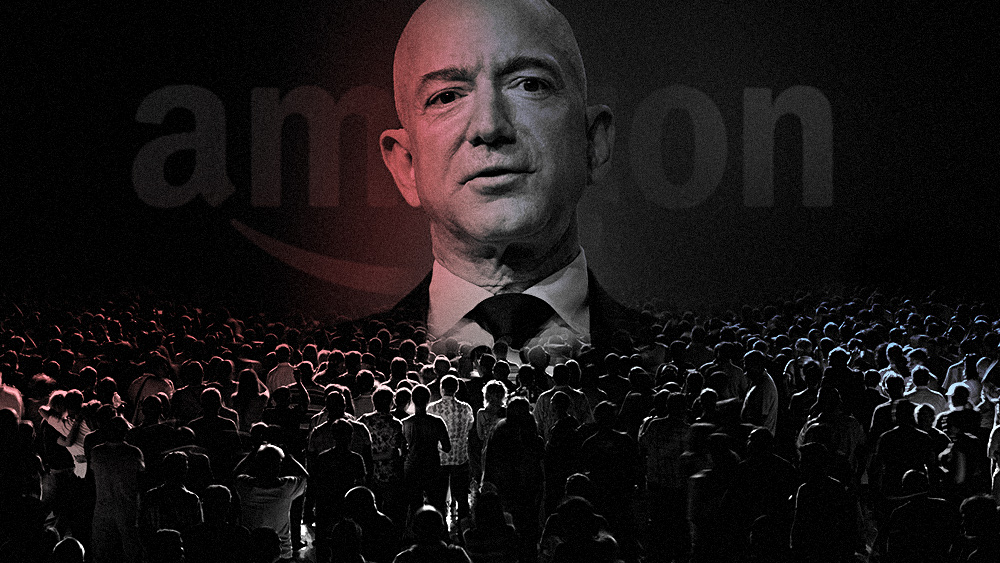
Any time the topic comes up of using robots for logistics, warehouse workers are told there is no need to be concerned because robots cannot completely replace humans. While we’d all like to believe that’s true, the 24,000 workers who have found themselves redundant at Amazon as its robot workforce grows would surely beg to differ.
According to Quartz, Amazon has added 55,000 robots so far this year. This is a marked increase over the 45,000 robots they had at the end of last year. At the same time, they’ve had a decline of 24,000 human workers. Is it just a coincidence? Experts don’t think so.
According to projections by Quartz, machines could end up making up 20 percent of Amazon’s total employee base by year’s end. This is part of the reason the company is so successful and that its investors are so pleased, but it’s a far different story for those who work there.
It’s not just Amazon workers feeling the pinch, by the way. Retail workers in industries that compete with Amazon, such as bookstores, are also expected to drop in number by one percent year-over-year in the first yearly decline noted since the year 2009. It might sound like a tiny fraction, but it accounts for 170,000 job losses.
The highly efficient robots used by Amazon far outperform humans. According to CNBC, one human Amazon worker needs an average of 90 minutes to find a particular product and then package it, while robots can bring that time down to just 13 minutes.
Cities vying for Amazon’s new headquarters
It’s interesting to note that 238 cities have bid to be the home of Amazon’s second headquarters. The firm will choose a location next year, where it says it plans to invest $5 billion in construction and create as many as 50,000 jobs over the next 20 years.
That all sounds great on the surface, but just how long will those 50,000 jobs last? After all, the firm has already invested more than $775 million to deploy robots that can automate the work done by humans in warehouses. Are these cities that are so frantically bidding for the new headquarters – some of which are turning to ridiculous stunts to get attention – keeping this fact in mind?
Quantitative futurist Amy Webb told Business Insider: “We know that Amazon is working full bore toward automation and isn't planning on having humans in its warehouses forever. If you were to model this out using the data we have, how probable is it that 20 years into the future that HQ2 is still employing humans?"
Human workers already serving robots at Amazon
An undercover journalist who took an Amazon warehouse job for five weeks revealed that human workers at Amazon are essentially there to serve robots. The Daily Mirror writer, Alan Selby, reported that it was not unusual for workers to fall asleep on their feet during their 10-hour shifts, during which they must pack a package every 30 seconds.
The reporter, a seasoned marathon runner, said that his body had trouble keeping up with the demands and his blood pressure and resting heart rate climbed due to the stress of working there. Some workers, he said, must work for 55 hours a week. He writers about employees taping over clocks so they won’t have to be reminded how long their shift is. Ambulances were a regular sight there, as the exhaustion and stress of the job took its toll on workers’ bodies.
The people who are willing to subject themselves to these working conditions – with some commuting four hours a day for the £8.20-per-hour jobs – are precisely the people who cannot afford to lose their jobs to robots.
Sources include:
Please contact us for more information.




















